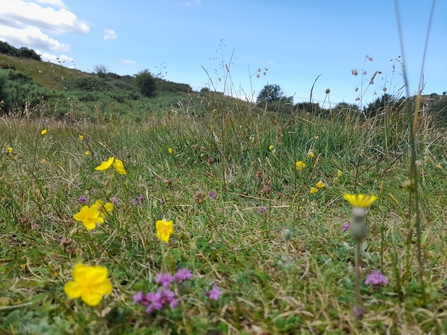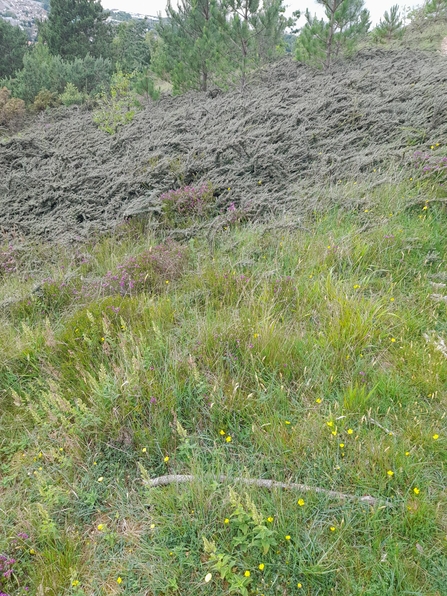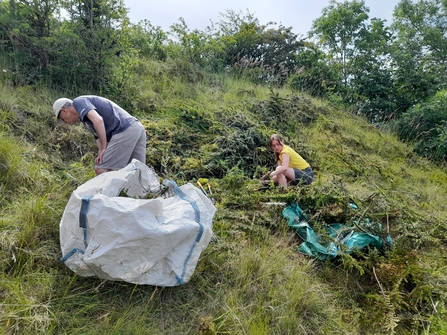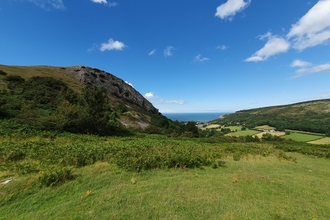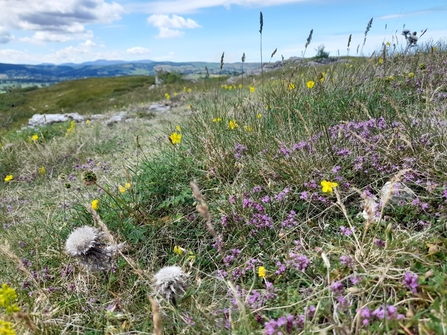
Carl Williams (NWWT) © Limestone Grassland, Wildflowers and Grasses, Rhyd y Foel; Pen y Corddyn Bach
Through the Limestone Grassland Community Roots Project, we’ve spent the summer connecting with communities in Colwyn Bay, Llysfaen, Llanddulas and Rhyd-y-Foel. From event stalls to guided walks to family bug hunts and wildflower searches, people have discovered just how special these grasslands are. Few realise that one square metre of limestone grassland can support up to 40 species of plants, making it one of the UK’s most diverse habitats.


